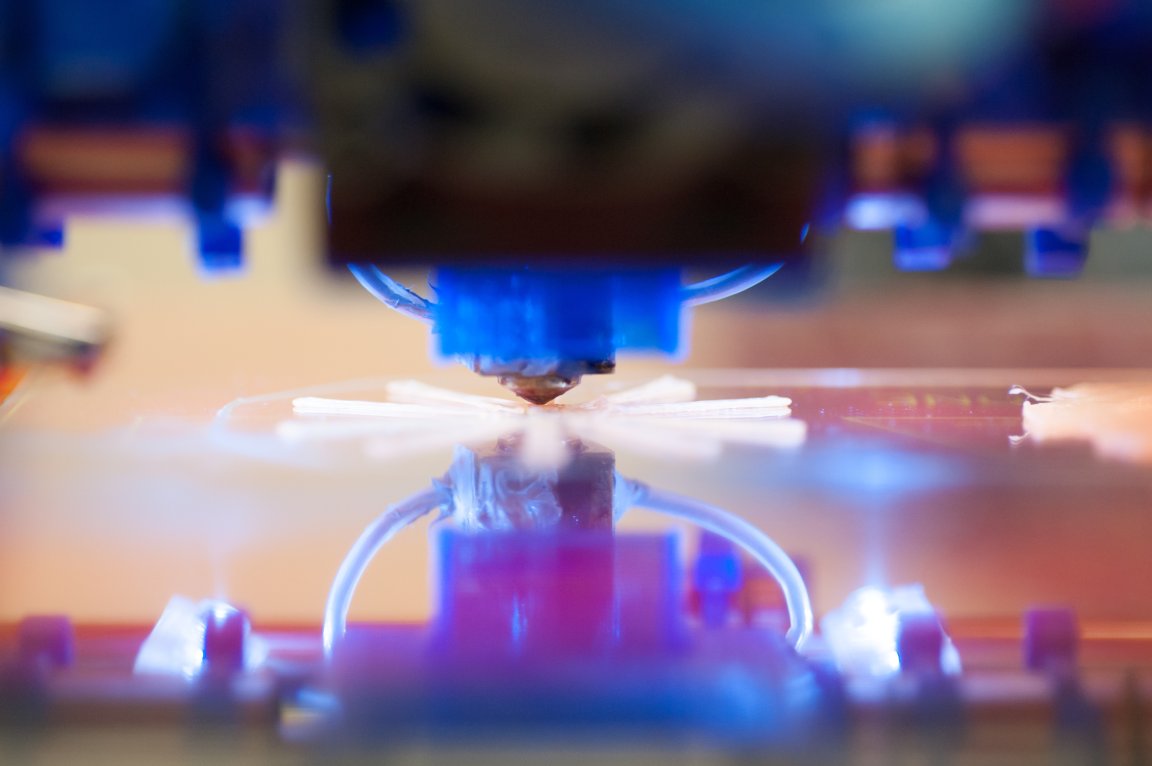
Lifesaving Gel
Patients in need of an organ transplant face a grim reality: according to the Organ Procurement and Transplantation Network, in the US alone there are over 116,000 people on the life-saving transplant waiting list. But so far, in 2017, there have only been 10,866 donors. A new innovation could change that reality by creating artificial human tissues and organs from bio-ink.
Developed by engineers at the University of British Columbia (UBC) Okanagan, bio-ink is made of cold-soluble gelatin (which can dissolve without heat), which served as a building block in hydrogel alongside living cells to mold 3D-printed tissues. The hydrogel performed better than others made of pig or fish skin, forming healthy tissue scaffolds for new cells to grow on while remaining stable at room temperature.
“A big drawback of conventional hydrogel is its thermal instability,” explained Keekyoung Kim, an assistant professor at UBC Okanagan’s School of Engineering in a press release. “Even small changes in temperature cause significant changes in its viscosity, or thickness.”
The cold-soluble gelatin is also inexpensive, allowing for a much cheaper alternative to traditional organ transplants.
3D printed models of human organs are already helping surgeons better plan for surgery, but we’ve yet to see an artificial organ transplant; a 3D printed-tibia is as close as we’ve come.
“We hope this new bio-ink will help researchers create improved artificial organs and lead to the development of better drugs, tissue engineering and regenerative therapies,” Kim said. “The next step is to investigate whether or not cold-soluble GelMA-based tissue scaffolds are can be used long-term both in the laboratory and in real-world transplants.”
With another person added to the organ transplant list roughly every ten minutes, this new method can’t come soon enough.